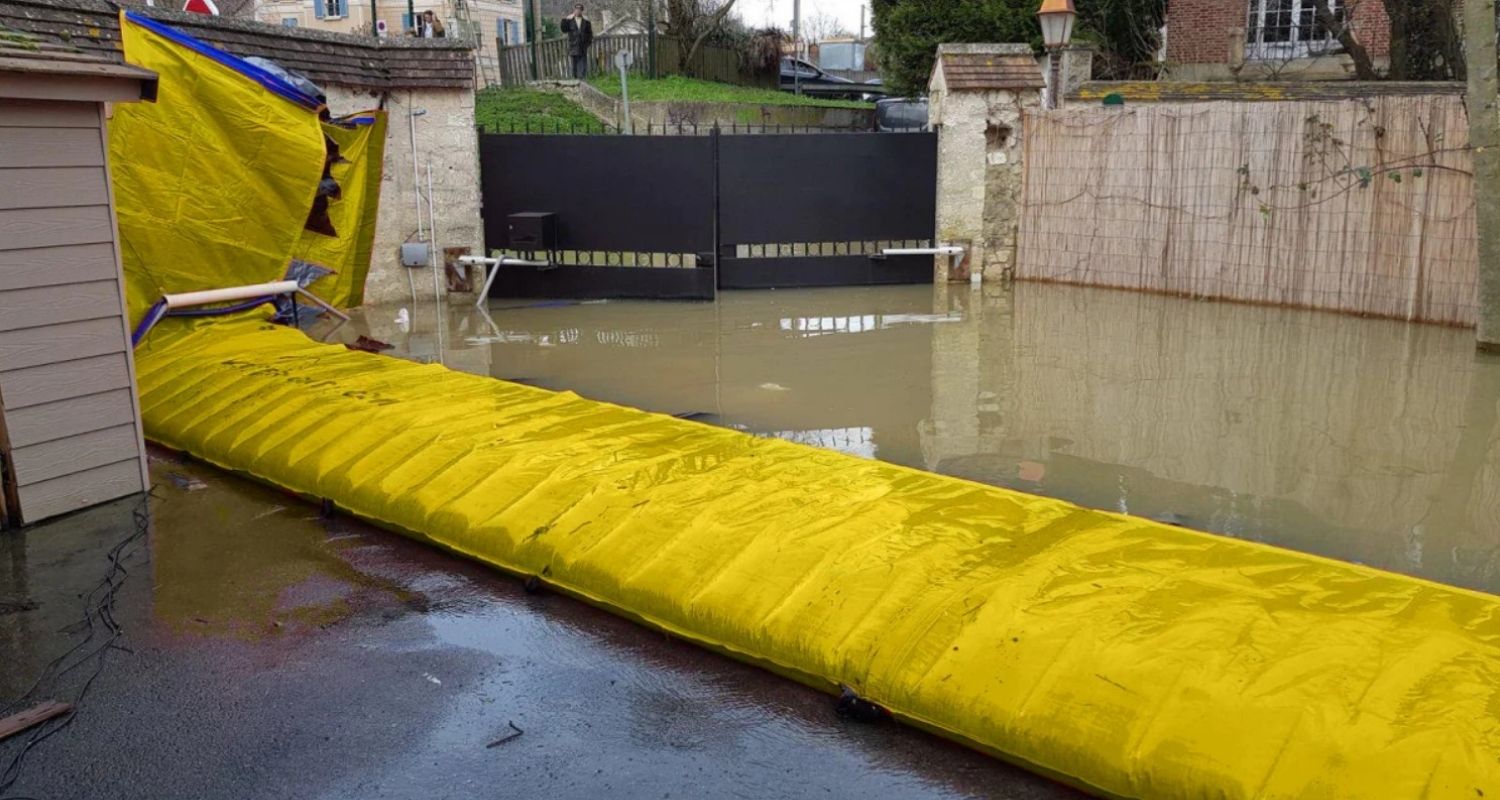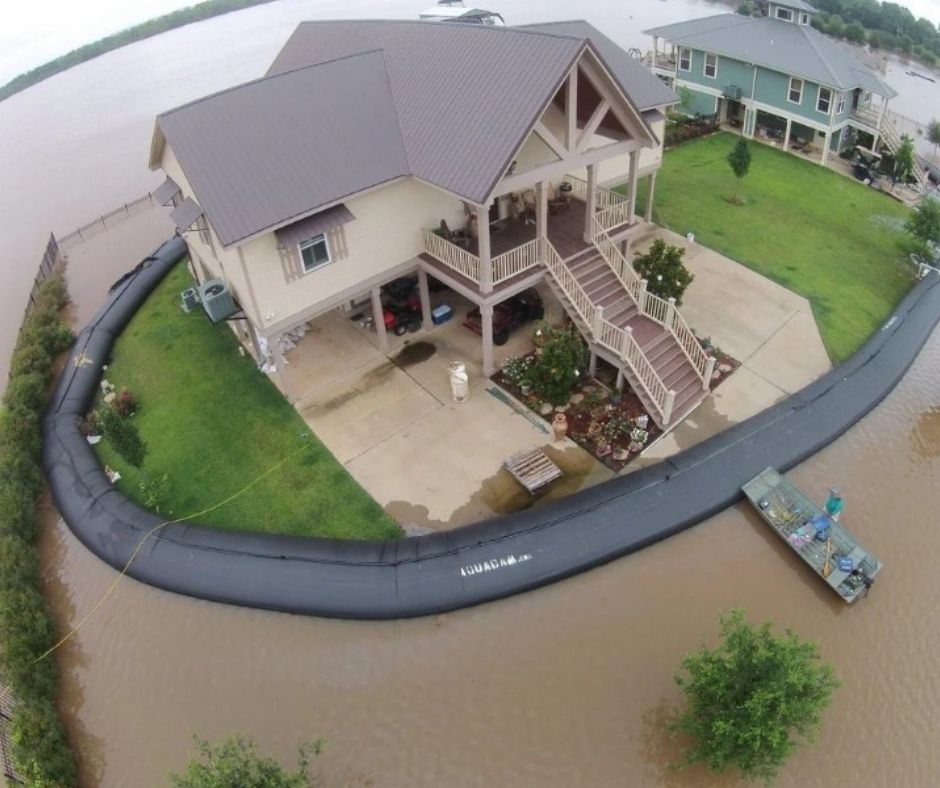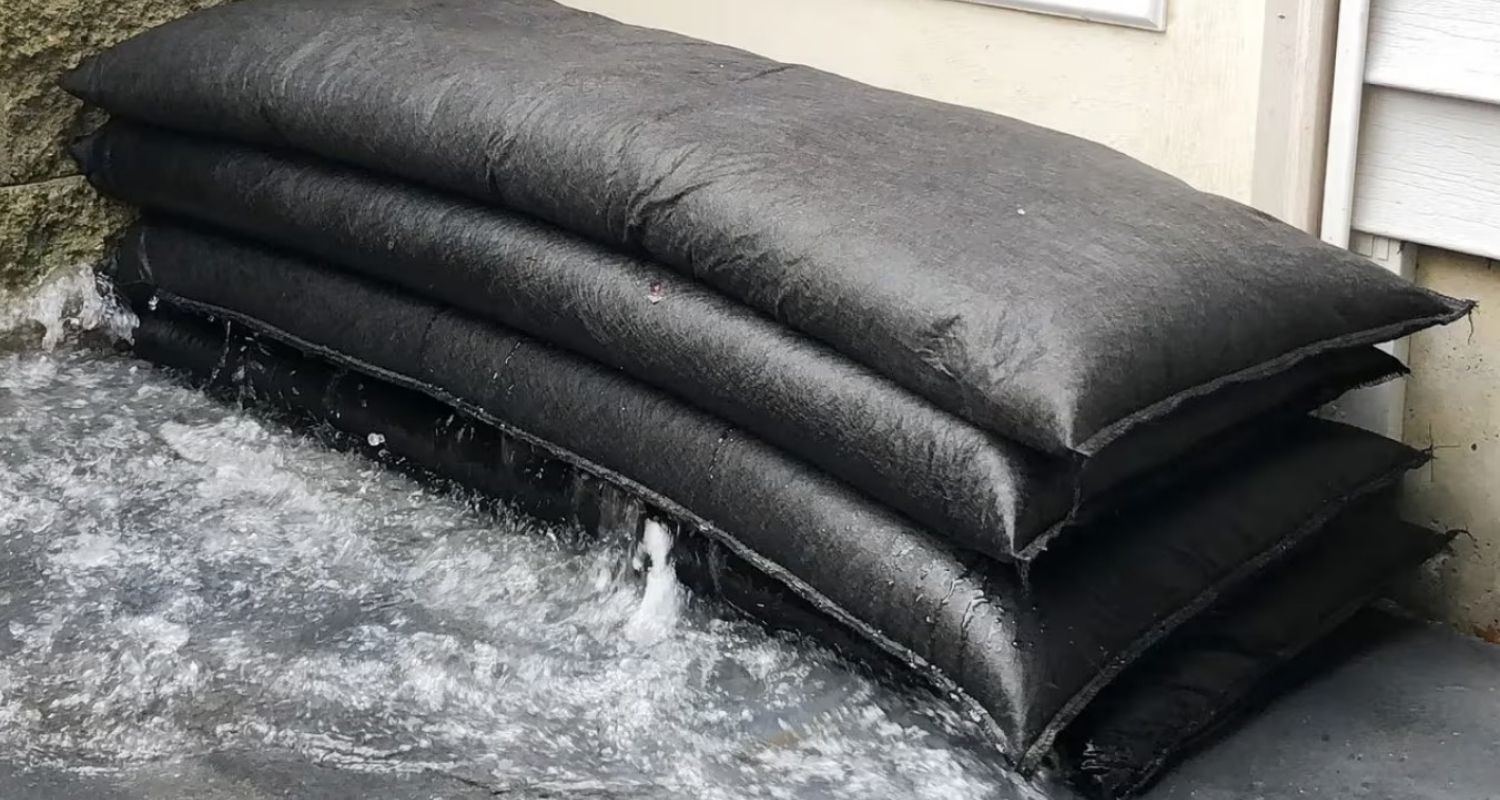Trending:
Flood defence: India needs a Dutch lesson
Every flood season and every flood-prone country has lessons galore for India—extreme rains can wreak havoc if met with weak infrastructure, compromised embankments, floodplain encroachments, obstruction of natural drainage and failure to desilt the rivers.News Arena Network - Chandigarh - UPDATED: September 14, 2025, 12:50 PM - 2 min read

Punjab faced its worst flood in over three decades, but that has little to do with how the damage could be minimised substantially.
It was in 2005 that the most debilitating floods took place in Mumbai in 2005 on July 26, resulting in a loss of over a thousand lives. Yet two decades down the line, what has changed? Not the floods; and neither the frequency and the intensity with which they strike nor the destruction caused by flood waters.
This year as the farmers in the state of Punjab found their worst fears come true, with floods decimating unending swathes of land, harvest, crops, cattle, and livelihoods, it became imperative to question—was it completely a natural disaster or partially man-made?
Everywhere there were heart-breaking images of bright green paddy fields, all due to be harvested soon, large stretches of sugar cane and cotton crops submerged in at least five feet of muddy, brown flood waters. The visuals of large numbers of drowned cattle floating in the flood waters or littering the ground will haunt the people for a long time, if not the administration.
How flood-proof is India?
Punjab faced its worst flood in over three decades, but that has little to do with how the damage could be minimised substantially. Unchecked construction, encroachment and little regard to safety and precaution are entrenched in the populace. Questions an environmental activist, “Its time people became responsible for their own safety. There are large stretches of unoccupied land near a volcano too. Do you start making settlements around that area? Definitely not, because one day or the other, the volcano is going to erupt. Will you call that a natural disaster then?”
In Himachal’s tourist-favourite Manali, the raging Beas took away in its ambit half-a-dozen riverside cafes, eateries and restaurants. All the way along the old Manali bridge, summer months witness a deluge of neo cafes and dainty eateries rustling up a range of cuisines–some shacks are dangerously close to the river. A user comments, “Call me insensitive but the river must claim the land that belongs to it. By law, there should be no construction within 3-5 km of either side of any mountain river.”

The Netherlands—leader in flood defence
There are several other nations where floods are not just a common problem but even a dangerous one. Unfortunately, while several Asian nations accept flooding as a part of life, with a fatalist attitude and consider the loss of lives due to floods as collateral damage, The Netherlands turned the tide on floods and how.
It was in 1953 that the European country suffered its worst floods and unprecedented loss of lives and property at the hands of nature’s fury. The tragedy is still commemorated by an annual ceremony and has an entire museum dedicated to it.
It not just shaped Dutch history but also the country’s engineering and infrastructural priorities. The Netherlands learnt its lessons—with 55-60 per cent of its area prone to flooding and with low and flat terrain that is prone to widespread and intense damage from flooding, there was no escaping floods, only facing them with the right attitude and infrastructure.
The country’s Delta Works, a sprawling and painstaking network of storm surge barriers, dams, dikes, locks, levees, sluices fortified the entire southwest part of it. The project had one and a formidable task—to keep the sea, prone to storm surges and rising levels, out as much as possible.
Also read: Indian Army rescues over 21,000 in nationwide floods
Dutch engineers sealed off estuaries, worked on movable flood defences, worked on a coast stretching some 700 km and turned it into an 80 km line of defence.
Back in 2016, Roald Lapperre, the country’s deputy director general for water and spatial planning at the Dutch Ministry of Infrastructure and the Environment, stated the goals for 2050 in the Dutch parliament. “In 2050 we still want to be the best protected river delta in the world,” adding, “we have to prepare for climate change and invest wisely to counter sea level rise and increasing river discharges.”
The Delta Works, now cited as an example in flood management to the rest of the world, took $7 billion and 43 years to complete.
While expecting millions in infrastructural investment to avert floods would be a far stretch for the next monsoon, but there are a few steps that can be a positive starting point. Punjab floods have lessons galore for the nation—extreme rains can wreak havoc if met with weak embankments, floodplain encroachments, obstruction of natural drainage and failure of the authorities to desilt the rivers. This is precisely what happened. General disregard for climate, civic rules among people can be pinned down as another reason amplifying the damage.
India missed the wake-up call when it comes to climate change and disaster management. The damage has been caused. But have the lessons been learned? Only time will tell.
Here’s what the authorities and communities can do
The visuals of villagers trying to halt the floodwaters with sandbags, sometimes in vain and at times successfully, arguable are a testimony to the helplessness with which they were left to fend for themselves. Till the larger systems and structures are in place, flood management needs to happen at micro level. There have been several technological updates when it comes to rapid response flood control systems. While their effectiveness is yet to be tested on a mass scale in the nation, there is no shortage of experimental, updated systems aimed at containing flood damage. Its time the communities, people, administration experimented with or invested in them. Better still, if the authorities incorporated these measures as an inherent part of town planning.

1. PVC water gates
PVC water gates use pressure of oncoming water to stabilise themselves. Though far more expensive, they are lighter than sandbags and worth the investment as they can be reusable. Notably, PVC water gates can be deployed in a few hours to protect large areas and are reported to be highly effective in minimising flood damage. This self-deploying water barrier has met with some success in flood-prone Australia.

2. Inflatable property protectors
Think large inflatable cylindrical tubes acting as boundary walls and temporary dams. The core idea is to fight water with water. These inflatable property barriers need a nearby water source to fill them up before they can act as a heavy barrier against flood waters. They are reusable, can be packed away when not deployed and require advanced weather surveillance systems and highly responsive mechanisms in place to be assembled in time.

3. Flood blocks
Imagine sandbags in the shape of lego. This flood-barrier invention can be interlocked, stacked up and stationed in a way to protect homes and commercial spaces from flooding. Flood blocks are self-filling crates with foam padding. The padding at the bottom helps create a seal against water seepage. It is believed to be affordable and more effective than sandbags.

4. Water barrier socks, quick damn flood barriers
Water barrier socks have seen some encouraging success in North America and are pegged to be the fastest growing flood protection device. They are like absorbent barriers meant to minimise the damage caused by flood water intrusion although their effectiveness in the wake of flash floods is still questionable.
By Manpriya Singh
